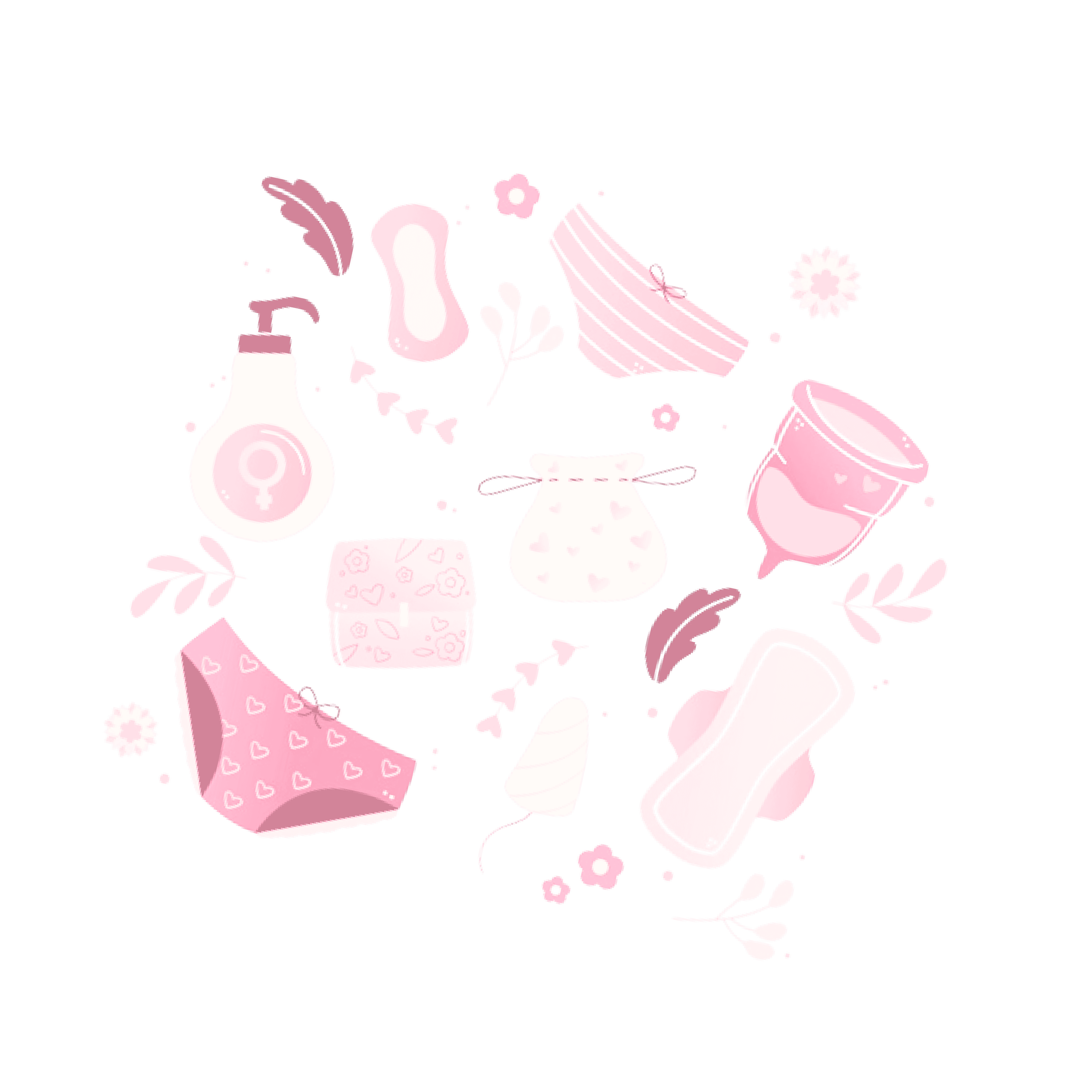

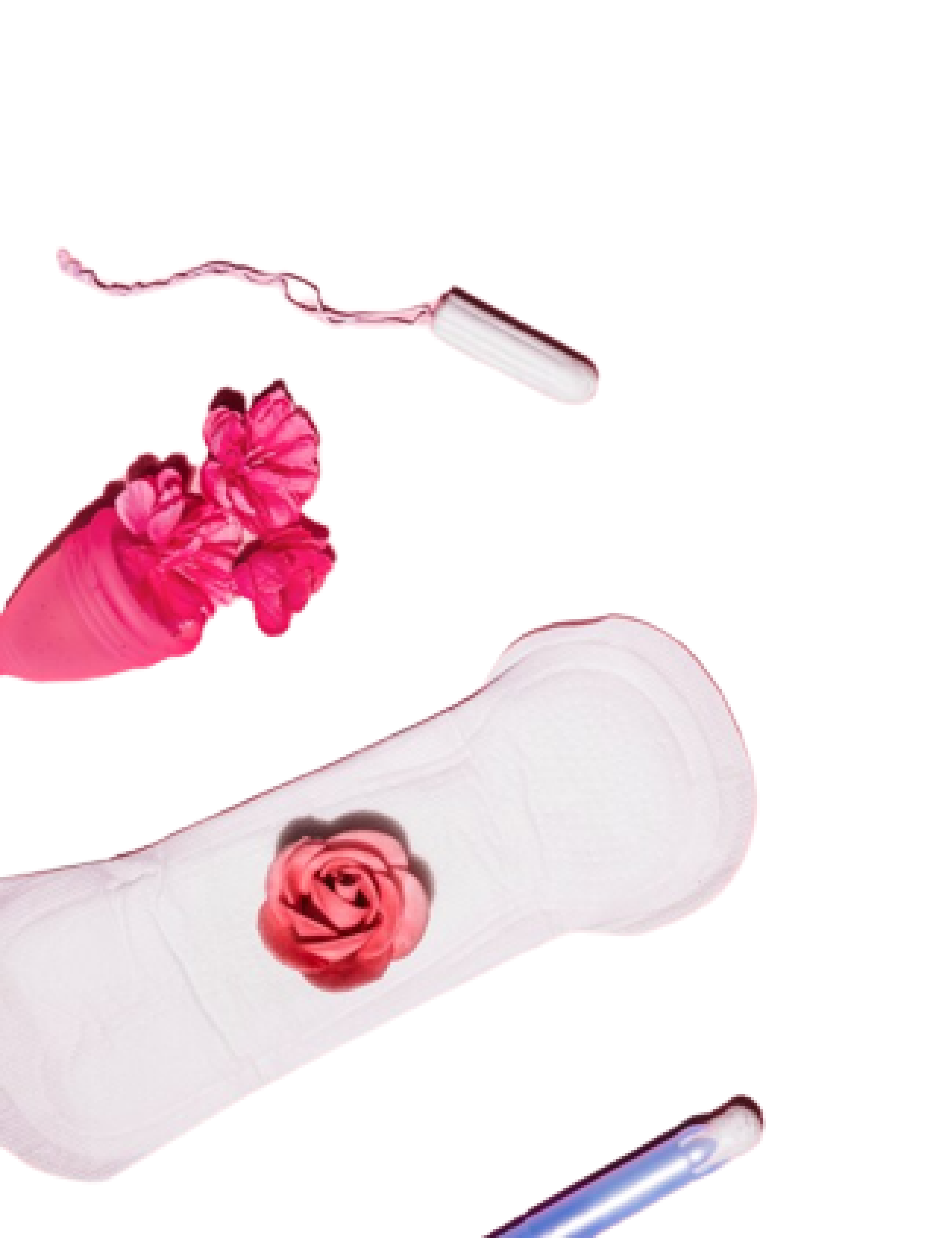
Sanitary Pad
Secondary research reveals about sanitary pad use among girls and women in India:
Urban Shift: Pads gain popularity in cities, while rural areas often use cloth due to cost and stigma.
Age Matters: Younger girls may start with cloth due to inexperience, while older women often prefer pads for hygiene.
Price as a Barrier: Expensive pads can limit access, leading to infrequent changes or unsafe alternatives.
Knowledge is Power: Education on menstruation leads to better hygiene practices, including pad usage.
Media Influence: Campaigns raise awareness but may create misconceptions about menstruation and hygiene.
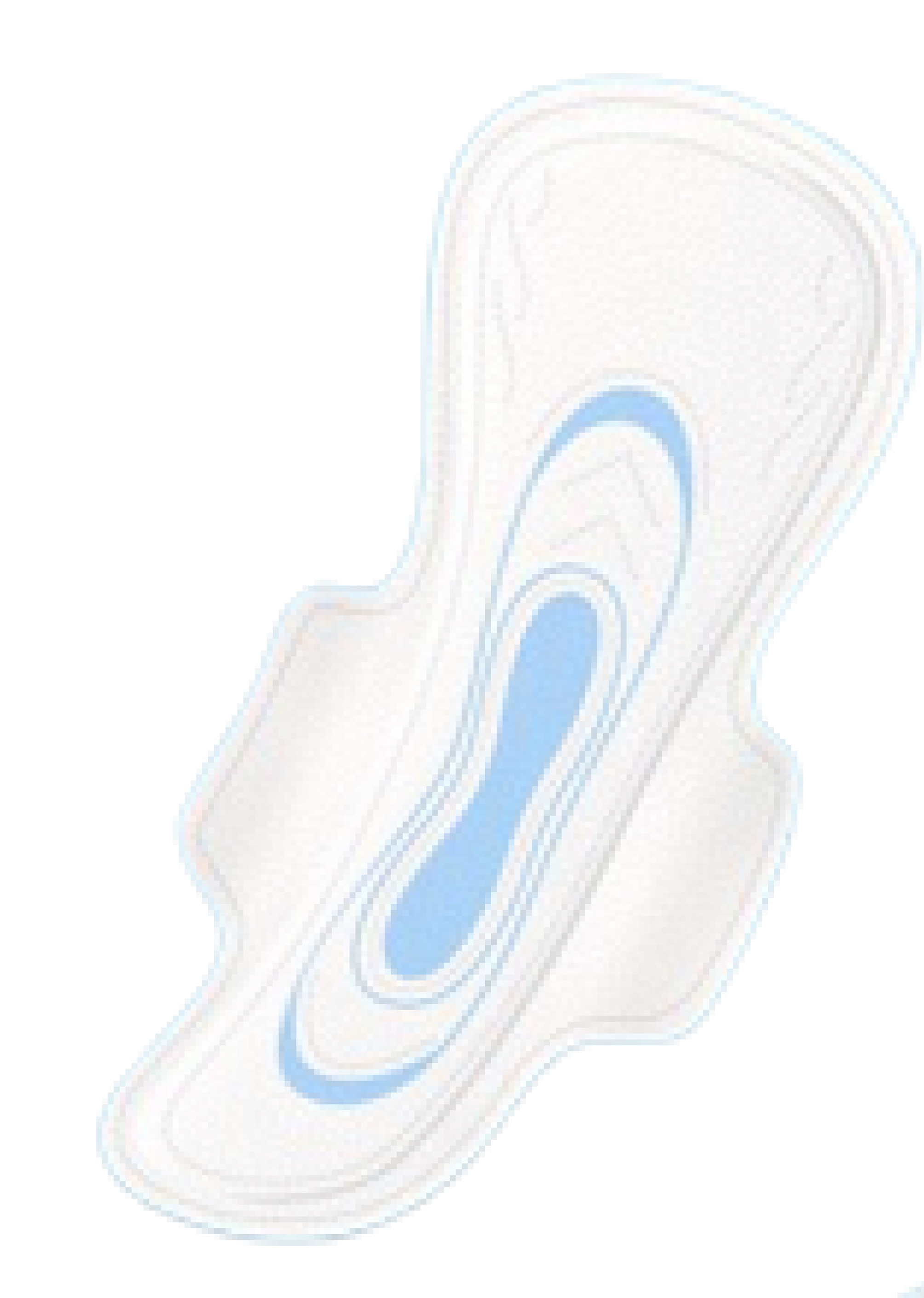
An exploration of market organic sanitary products for improving menstrual health and environmental impact
The text champions organic alternatives for their potential health benefits due to a lack of harmful chemicals. Additionally, they contribute to environmental sustainability by utilizing biodegradable materials, thereby reducing the ever-growing problem of menstrual waste in landfills. Furthermore, the affordability and accessibility of organic products can empower menstruators facing economic hardship, promoting gender equity. Brands like Lilypad and Saathi Pad exemplify how organic options can effectively address menstrual hygiene management (MHM) needs on a global scale.
Pros:
Healthier: Reduced exposure to chemicals, potentially improving reproductive health.
Eco-Friendly: Biodegradable materials lessen environmental impact.
Empowering: Affordable options promote social equity and access for all.
Sustainable: Users contribute to environmentally friendly practices.
Cons:
Costlier: May be less accessible for those with limited income.
Awareness: Lack of education may hinder widespread adoption.
Effectiveness: Some may question their effectiveness compared to traditional options.
Organic menstrual products are presented as a multifaceted solution to the issues surrounding conventional, plastic-based options. These concerns include potential health risks from undisclosed chemicals, social stigma associated with menstruation, and economic inequality that limits access to sanitary products.
Tampons are disposable menstrual products designed to absorb menstrual blood and vaginal secretions. Unlike pads, tampons are inserted internally, into the vagina. They are made of absorbent materials, such as cotton, rayon, or polyester, and are compressed into a small, cylindrical shape. Once inserted correctly, a tampon expands gently to conform to the shape of the vagina and absorbs menstrual blood.
Picking the perfect tampon is key for a comfortable and leak-proof period. Here's what to consider:
Material: Opt for organic cotton tampons. They're gentle, toxin-free, and FDA-approved.
Absorbency: Choose the lowest absorbency that handles your flow. This minimizes leaks and discomfort.
Size: Look for tampons that expand to fit your vagina perfectly. This ensures comfort and leak prevention.
Challenges for Indian Women and Tampons:
Lack of awareness & stigma: Limited menstrual education discourages exploration of tampons.
Cost & accessibility: Tampons can be expensive and harder to find in rural areas.
Comfort & knowledge: Proper use requires practice, and difficulties can lead to frustration.
Cultural/religious factors: Some beliefs may discourage internal use of tampons.
Limited variety: Fewer brands and absorbencies might make it harder to find a good fit.
Tampons: Discreet Comfort with a Few Cautions
Pros:
Discreet and convenient: Small size allows for easy carrying and invisibility under clothing.
Freedom of movement: Ideal for swimming and other activities.
Comfort when inserted properly: No sensation when in place.
Cons:
Risk of toxic shock syndrome (TSS): Though rare, proper use minimizes risk.
Learning curve: Insertion and finding the right fit might require practice.
Environmental impact: Disposal generates waste.
Potential for irritation: May cause dryness and discomfort.
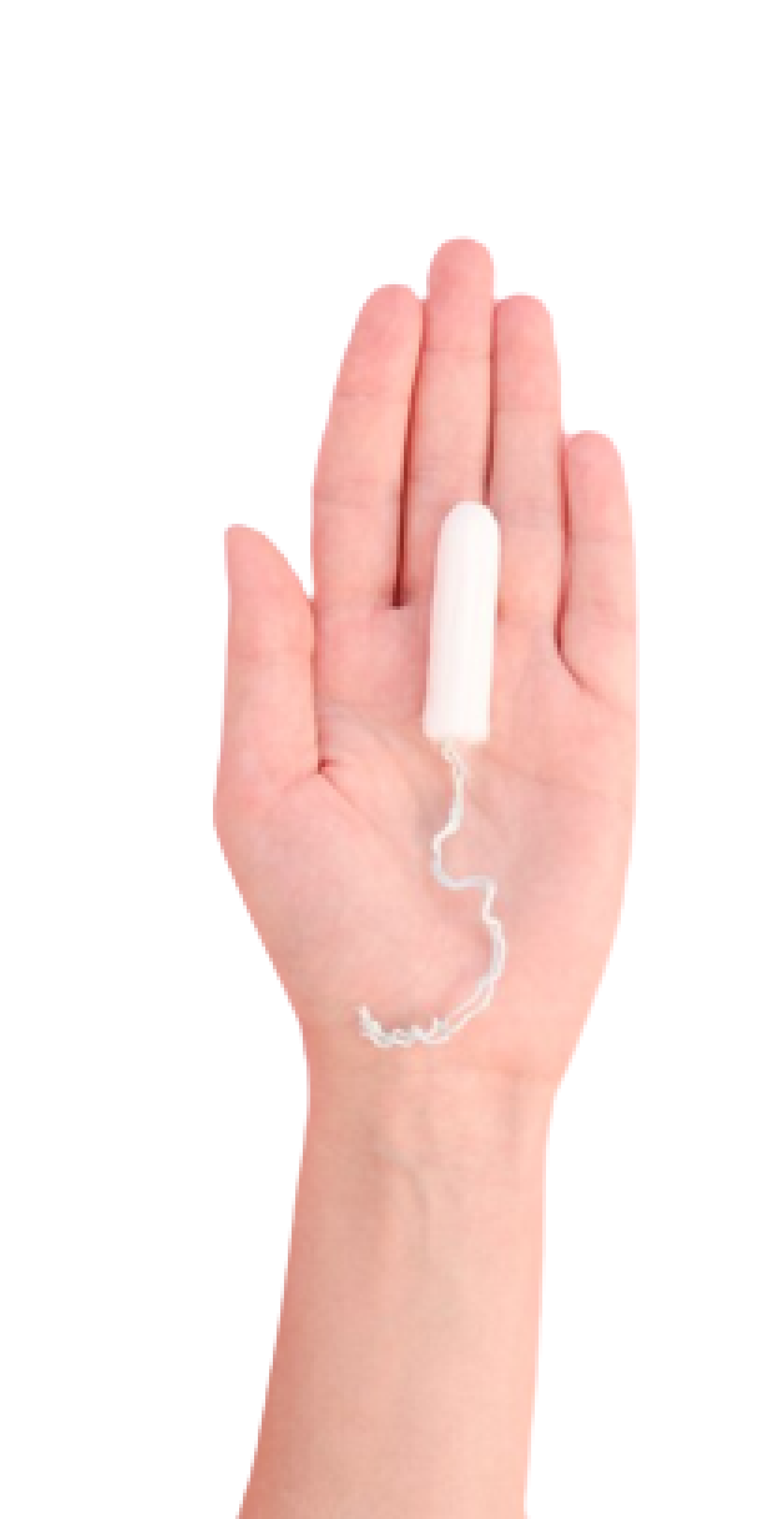
Tampons
Systematic Review on Sanitary Pads and Female Health
A systematic review was conducted on the health effects of sanitary pads, focusing on toxins found in the pads and their impact on health outcomes.
Studies revealed the presence of pesticides, dioxins, and other harmful substances in sanitary pads, leading to various health issues.
Organic solvents in sanitary pads were linked to cutaneous effects, endometriosis, premature infants, and spontaneous abortion.
Other health effects of organic solvents included autoimmune diseases, cardiovascular diseases, and neurodevelopmental defects.
Limited research exists on the potential health risks of volatile organic compounds (VOCs) in sanitary pads, with most studies focusing on occupational exposure to organic solvents.
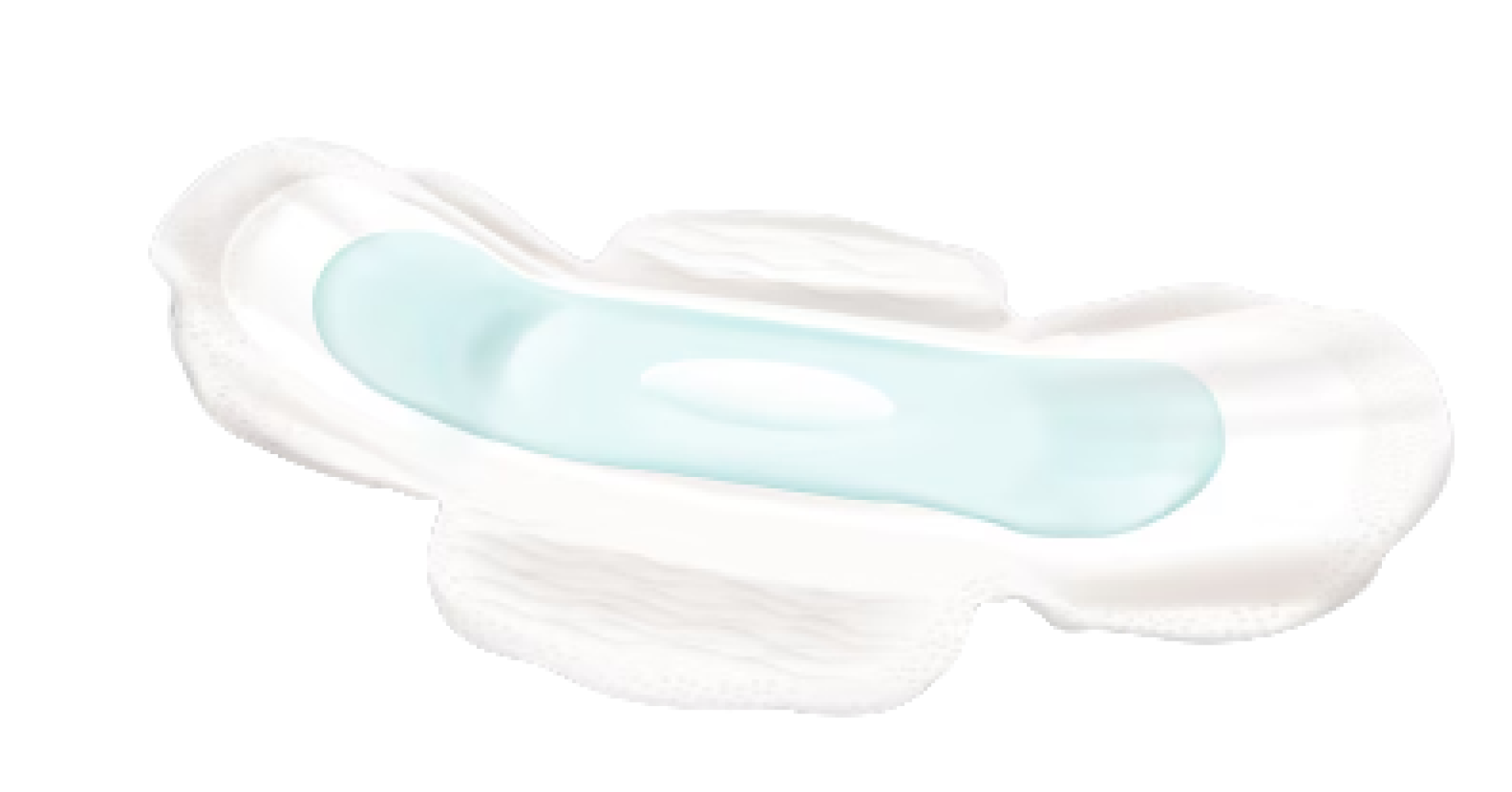
Despite significant progress, menstruation remains a topic shrouded in secrecy and discomfort in India. This leads to a cascade of issues:
Limited access: Costly sanitary products and a lack of awareness in rural areas create a barrier to menstrual hygiene management (MHM).
Social stigma: Taboos surrounding periods perpetuate misinformation and hinder open communication, leading to feelings of shame and isolation.
Discomfort: Inadequate or poorly designed sanitary products can cause physical discomfort and leakage, impacting daily activities and confidence.
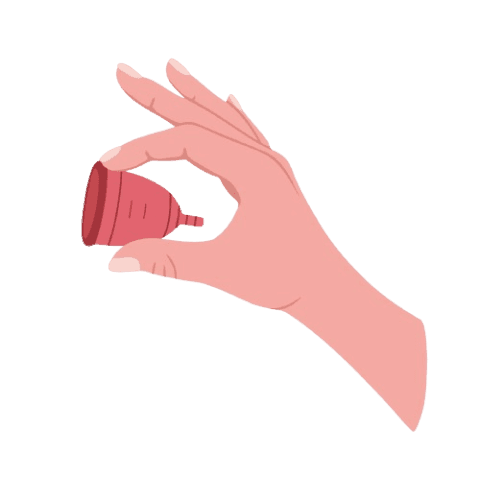
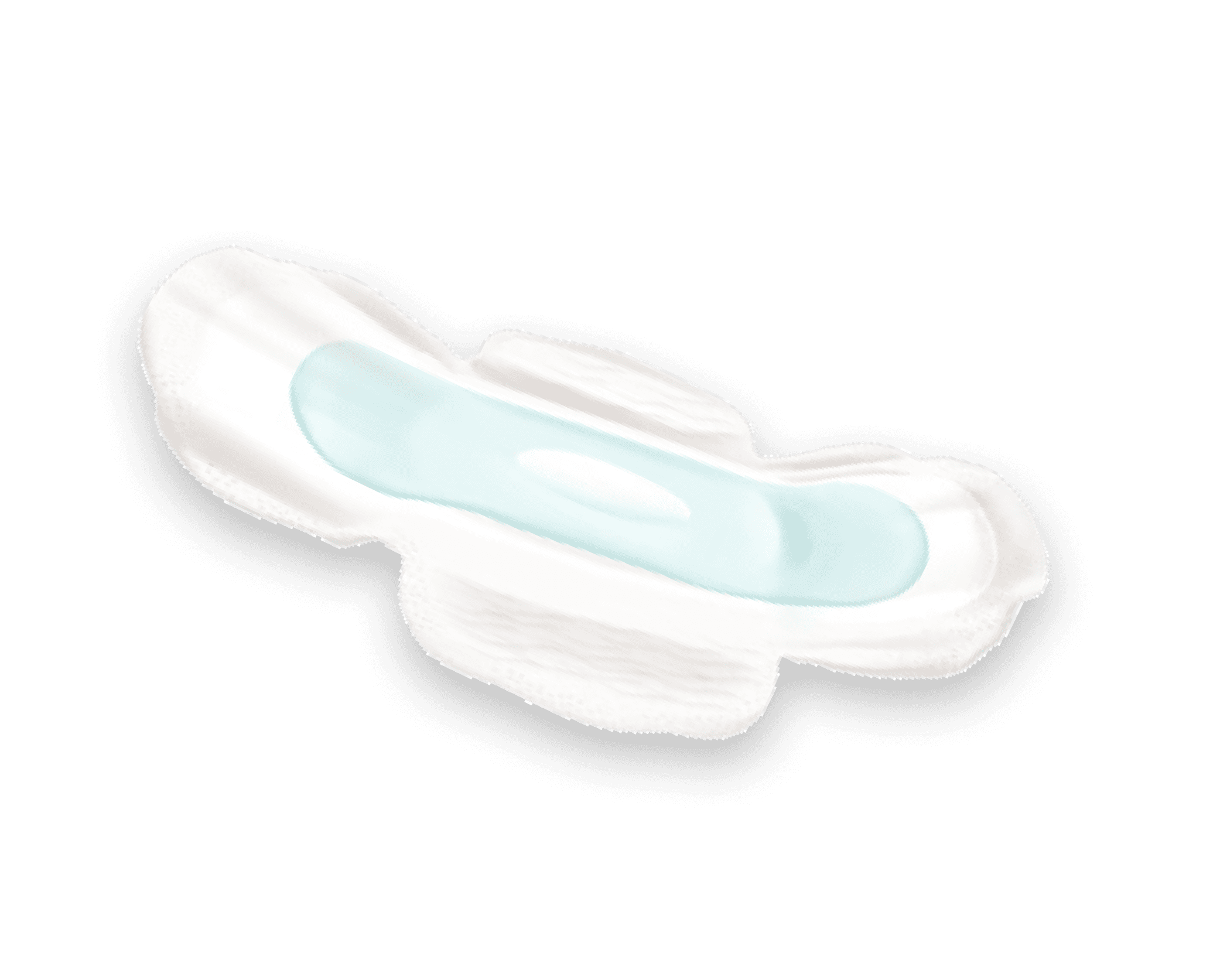
School Campaign & Hygiene Tips
Break the Ice: Organize interactive workshops or assemblies with female doctors or educators. Discuss the basics of menstruation in a positive and informative way.
Bust the Myths: Address misconceptions around menstrual cups, emphasizing they are clean, safe, and leak-proof when used correctly.
Show, Don't Tell: Use anatomical models or animated videos to demonstrate the anatomy of the vagina and proper cup placement.
Celebrity Endorsements : Consider inviting female athletes or role models to share their positive experiences with menstrual cups.
Interactive Booths: Set up booths with display models and trained personnel to answer questions and address concerns. Offer free sample packs with detailed user guides (written in a youth-friendly language) for interested students.

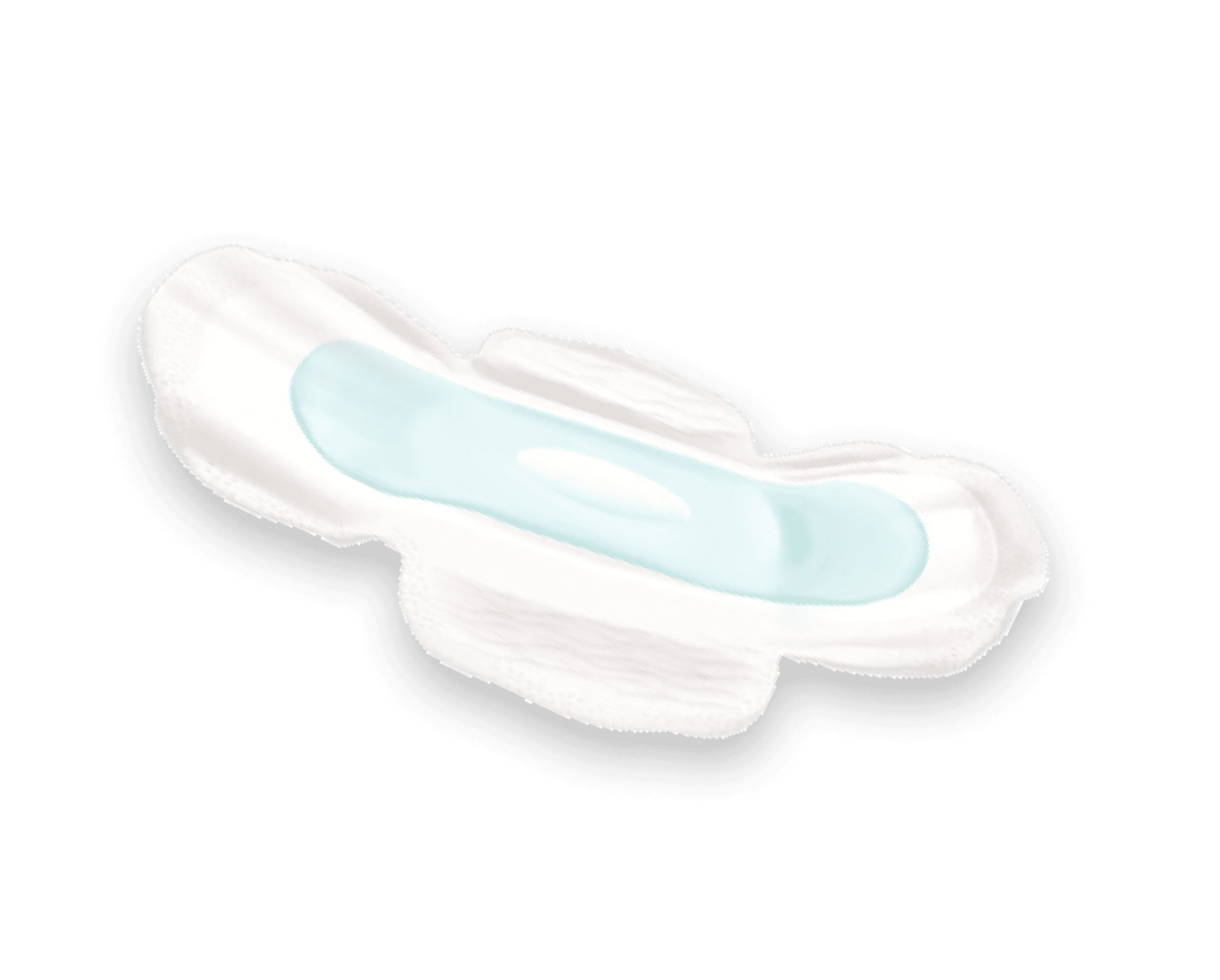
Not Gross, Just Natural:
Period blood is just part of being a girl, like growing taller! Proper hand washing and hot water are all you need to keep your cup clean.
Focus on Benefits: Highlight the advantages of menstrual cups: comfort, leak-proof protection, eco-friendliness, and cost-effectiveness compared to pads.
Hygiene Made Easy: Emphasize that menstrual blood is not "dirty" but a natural bodily function. Proper handwashing and hot water are key to maintaining hygiene during cup cleaning.
Discreet Disposal: Mention the user can empty the cup into the toilet before rinsing and storing it (refer to user guide for specific cleaning instructions).
Wipes and Sanitizers: Suggest using portable wipes or menstrual cup sanitizers for on-the-go cleaning .
Humor and Normalization: Consider using light-hearted humor to normalize the conversation around menstruation and menstrual hygiene products.
Unwrapping the Wrapper
Periods.Products.Progress
A Wicked Problem
Secondary Research
Comparison of functionality
As a UX design student, we believe design can play a crucial role in bridging this gap. This case study aims to:
Uncover the needs and challenges
Evaluate existing products
Propose innovative solutions

Sanitary Pad
Tampon
Menstrual Cup
Feature
Disposable absorbent pad
Disposable absorbent device inserted into vagina
Catches period blood but trickier to use.
Product type
Low - High
Low - Medium
Medium - High
Price
Easy to use, no insertion required
Requires learning curve for insertion and removal
Requires practice for insertion, removal, and cleaning
Usability
Can feel bulky and cause sweating
May feel uncomfortable or cause
dryness if not inserted correctly
Comfortable and discreet once inserted properly
Comfort
Varies depending on absorbency
Good leak protection if inserted correctly
Excellent leak protection
Leak Protection
Easy to dispose of discreetly
Requires careful disposal of used tampons
Requires discreet cleaning and storage
Discreetness
Single use
Single use
Up to 10 years with proper care
Life Span
High waste generation
Moderate waste generation
Low waste, reusable for years
Environmental Impact
Low - Medium
Medium
Low (after initial purchase)
Cost Per Period
Low risk of infection if changed regularly
Risk of Toxic Shock Syndrome (TSS) if not changed frequently
Low risk of infection if cleaned properly
Health Consideration
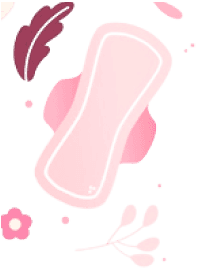
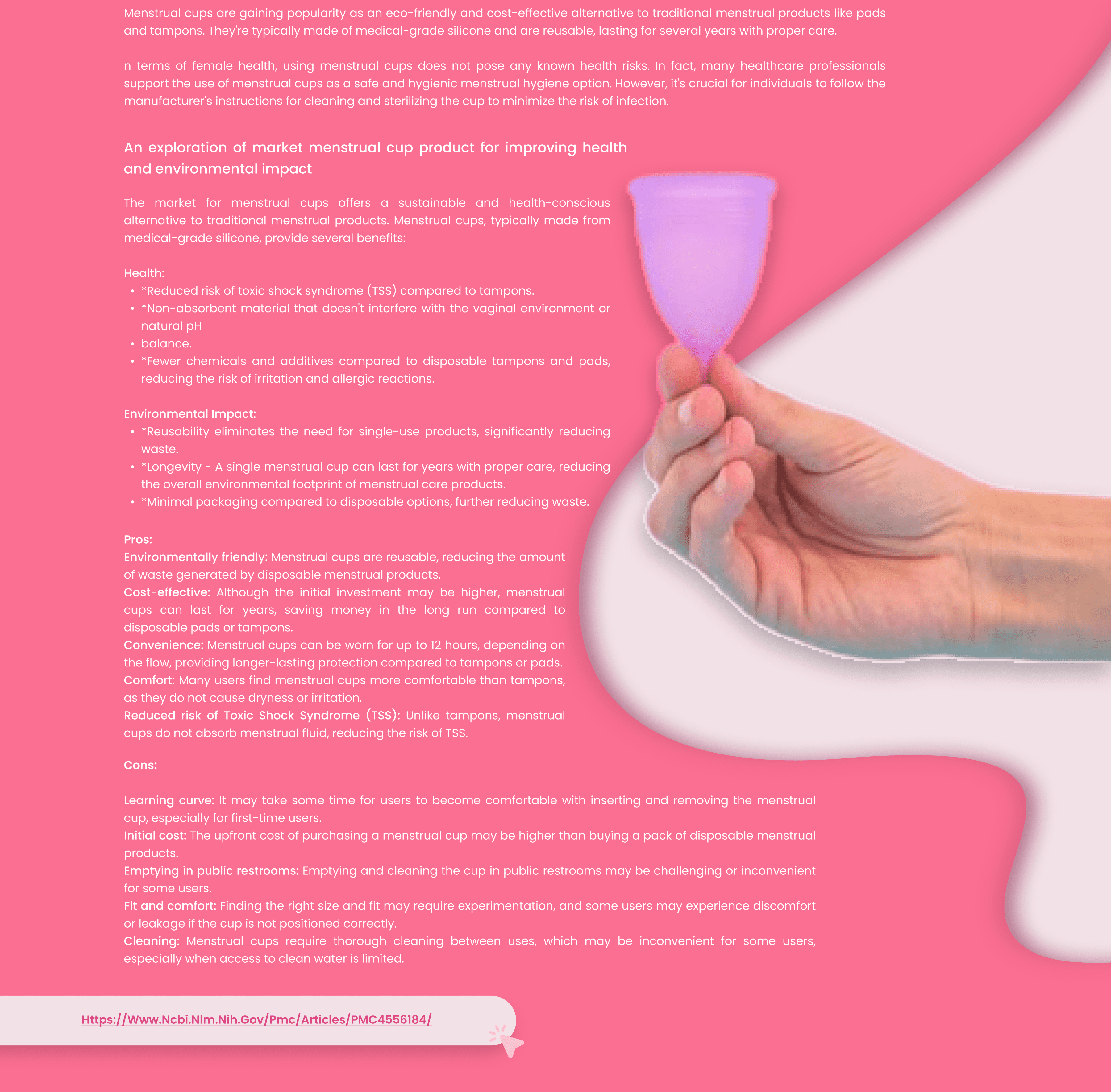
Menstrual Cup
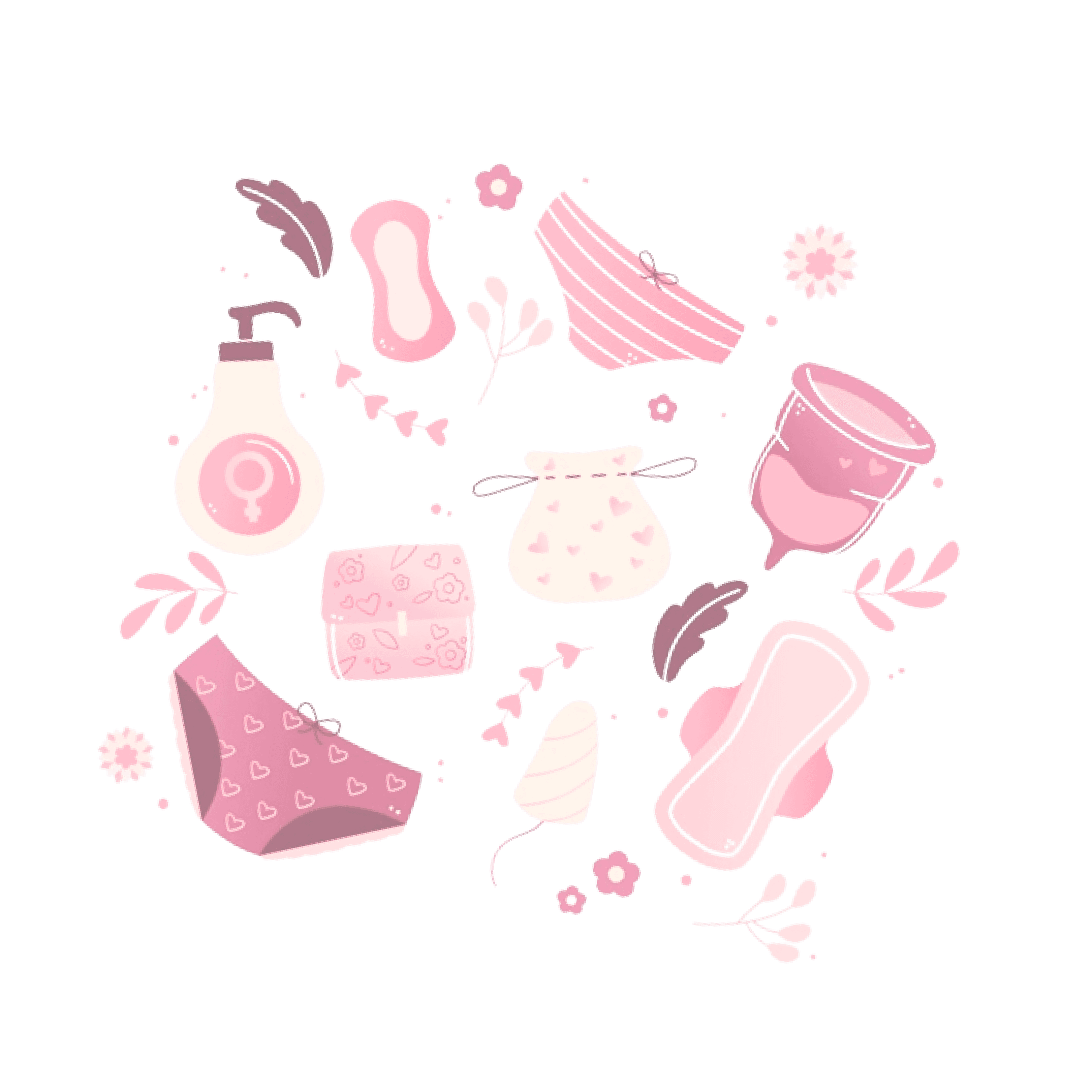
0
20
60
40
Sanitary Pad
Cloth
Tampons
Menstural cup
(95.2%)
(1.6%)
(6.3%)
(3.2%)
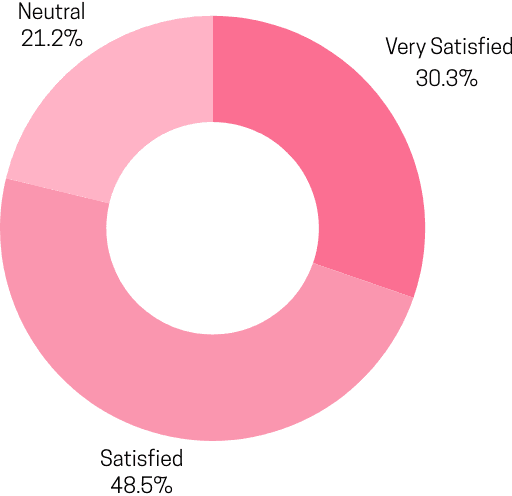
0
10
20
30
40
Affordability
Accessibility
Comfort
Discreetness
Effectiveness
Environmental impact
(30.2%)
(20.6%)
(58.7%)
(31.7%)
(7.9%)
(41.3%)
0
10
20
30
50
40
Affordability
Comfort
Convenience
Environmental impact
Health/Safety
Discreetness
(34.4%)
(75%)
(35.9%)
(7.8%)
(35.9%)
(65.6%)
0
10
20
30
40
Affordability
Comfort
Convenience
Environmental impact
Health/Safety
Discreetness
(61.6%)
(27%)
(34.9%)
(1.6%)
(61.9%)
(6.3%)
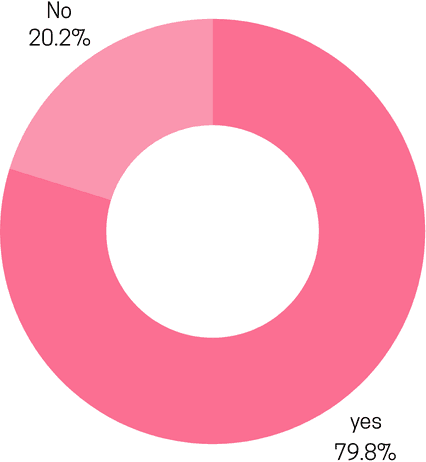
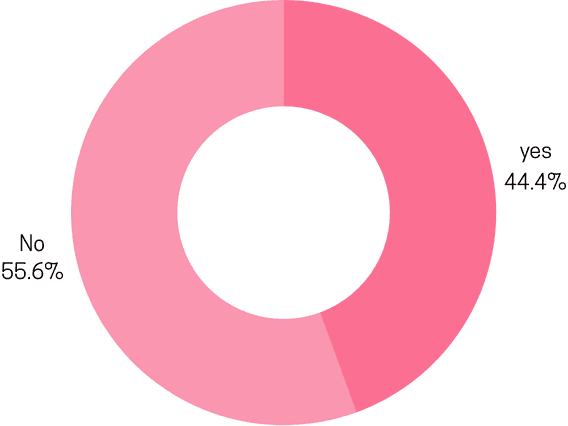
Do you feel there is enough education and awareness about different menstrual products?
If Yes, What factors would make you more likely to try a new product ?
Are you open to trying new menstrual products?
Which factors are most important to you while choosing menstrual products?
What are the main challenges you face with your current menstrual products?
How satisfied are you with your current menstrual products?
What menstrual product do you currently use?
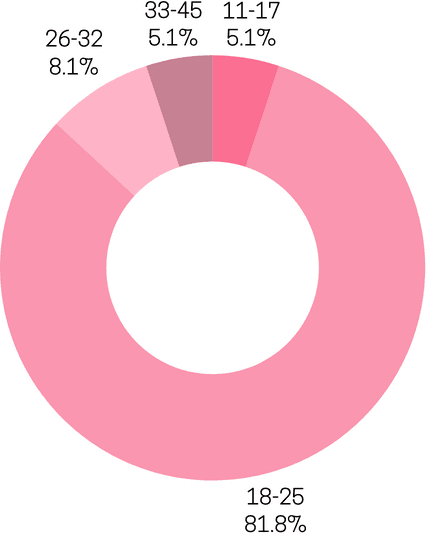
Limited knowledge & access: Many lack info on product options and how to use them.
Stigma & education: Campaigns needed to break taboos and educate all genders.
Product interest: Users want details on cups, tampons, and reusables.
Affordability matters: Cost and availability are barriers to good hygiene.
INSIGHTS FROM PAD USERS
Product Improvements:
Comfort: Users want softer materials that are more comfortable against the skin and prevent rashes.
Design: Pads with body-contoured designs that adhere better are desired for improved comfort and leak prevention.
Odor Control: Pads with better odor control are a common request.
Adhesiveness: Stronger adhesives to prevent bunching and leaking are desired.
Variety: A wider range of pad thicknesses and shapes to cater to different needs is suggested.
Information and Awareness:
Limited Knowledge: Many users were unaware of alternative menstrual products like tampons and cups.
Social Stigma: Silence and shyness surrounding periods might discourage exploration of other options.
Marketing Influence: Traditional pad brands dominate the market, limiting awareness of other products.
Openness to New Products:
Despite initial challenges with the menstrual cup, some users are open to trying new products if provided with proper information.
Education from gynecologists and increased public awareness campaigns are seen as helpful.
Cost Concerns:
The high cost of good quality menstrual products is a major concern, especially for disposable pads.
Cultural/Social Factors:
Several users reported no cultural or social influence on their choice of menstrual products.
However, some mentioned a sense of secrecy surrounding tampons and cups, potentially hindering their wider adoption.
INSIGHTS FROM MENSTRUAL CUP USERS
Motivations and Benefits:
Eco-conscious choice: Users appreciate the environmental benefits of reusable menstrual cups compared to disposable pads.
Cost-effective: Long lifespan of cups makes them a financially savvy option.
Improved Period Experience: Reduced irritation, rashes, and discomfort compared to pads. Longer wear time and comfort are highly valued.
Health Concerns: Some users are motivated by concerns about potential health risks associated with chemicals in pads.
Learning Curve and User Experience:
Initial Challenges: Difficulties with insertion and leaks are common at first. Practice and guidance are crucial for a smooth transition.
Need for Diverse Options: A wider range of cup shapes and sizes is needed to ensure proper fit and prevent leaks, catering to individual body variations.
Sustainable Materials: Users are interested in cups made from eco-friendly materials, aligning with their environmental concerns.
Barriers to Adoption:
Lack of Awareness: Especially in rural areas, many women are unaware of menstrual cups as an alternative.
Discomfort and Stigma: The insertion process and social stigma surrounding menstrual cups can create hesitation.
Educational resources on proper insertion and addressing social taboos can help overcome these barriers.
Positive User Experiences:
Convenience and Comfort: Once the learning curve is addressed, users find menstrual cups to be comfortable and convenient due to their long wear time.
Cost Savings: The reusability of cups translates to significant cost savings compared to regularly buying pads.
Leak-Free Confidence: A properly fitted menstrual cup provides reliable leak protection, allowing users to participate freely in activities during their period.
If No, What additional information or resources do you think would be helpful?
For those who have tried tampons or menstrual cups:
What were your main reasons for trying these products?
What were your experiences like when using these products?
What improvements would you suggest for these products?
If you use sanitary pads or other disposable products:
What improvements would you like to see in these products?
Are there any cultural or social factors that influence your choice of menstrual products?
Do you have any additional comments or suggestions regarding menstrual products?
Most of the women filling this form are of age 18-25 80% and then 26-31 with 8%.
95% of these women use sanitary pad and 6% use tampons.
48% women are satisfied and 30% of them are very satisfied and 21% feel neutral feeling about their current menstrual product.
Main challenge women are facing is about their comfort and effectiveness of the products. They think this can be improved.
75% women chose the products they are using because they are comfortable and 66% as they are healthy and safe.
Many women are open to using new menstrual products with 80% YES, and
20% says NO
They want to try new products mainly cause the other products are more affordable and safe for environment.
55% of women think that there is not enough awareness about other available products,
44% think that there is enough awarness.
Primary Research
Brainstorming
Story Boarding
Shifting from Pads/Tampons to Menstrual Cups
Age group
Quantitative Research
Qualitative Research
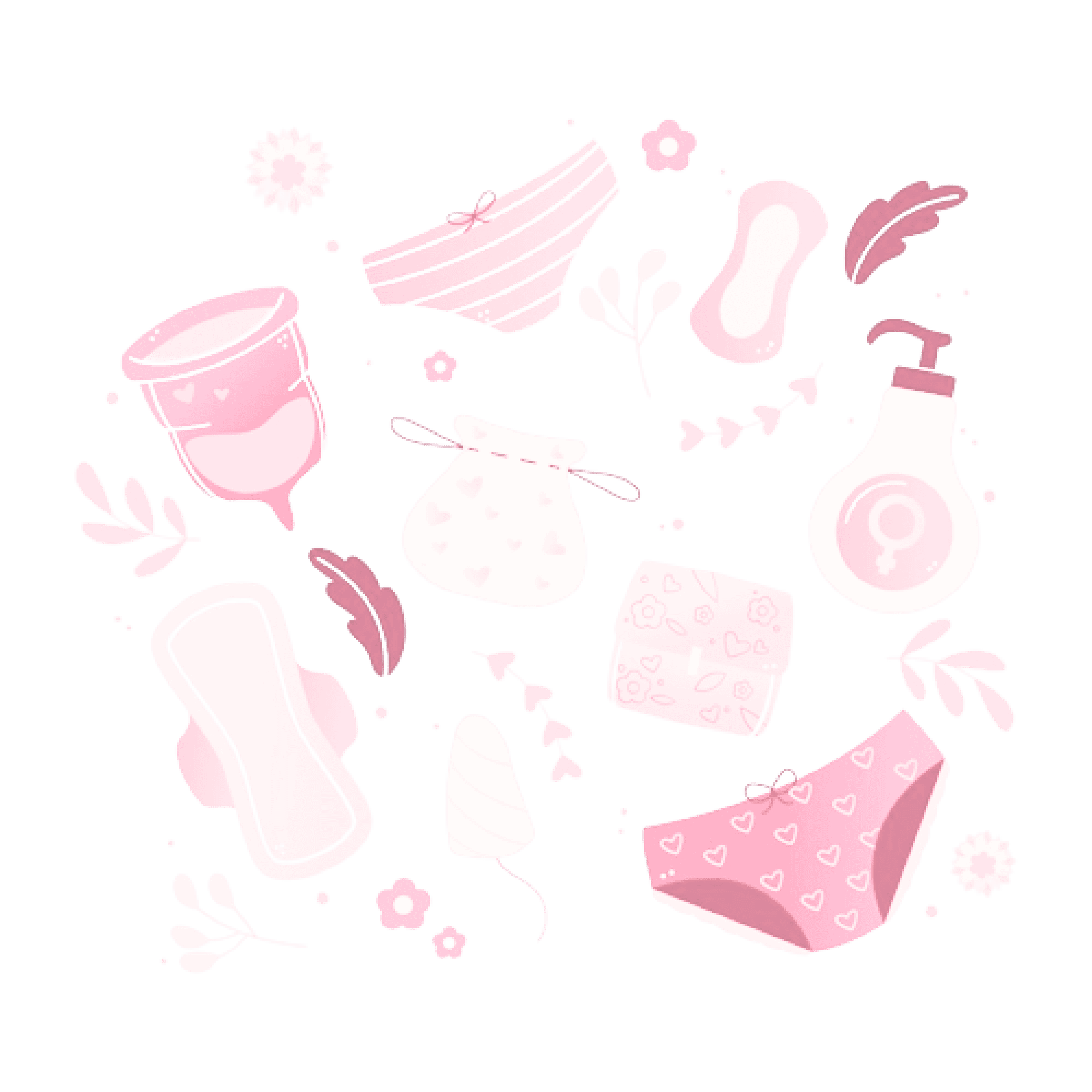
Empathy Map
Thinks
"There has to be a more comfortable option out there."
"I'm missing out on activities because of my period."
"I'm missing out on activities because of my period."
"Are those products safe and healthy to use?"
Feels
Frustrated by discomfort and rashes.
Anxious about leaks and accidents.
Confused and unsure about alternative menstrual products.
Worried about the cost of menstrual hygiene products.
Does
Changes pads frequently throughout the day.
Carries backup pads in her purse at all times.
Hesitates to discuss periods openly due to social stigma.
Avoids tight-fitting clothes or high-impact activities during her period.
Says
"Ugh, these pads are itchy again!"
"Why doesn't anyone talk openly about periods?"
"I can't wear this tight dress during my period, it'll show through."
"I wish I could go for a run without worrying about leaks."
"I can't afford to keep buying these expensive pads."
User Persona
Needs
Comfortable and secure period protection.
Discreet and easy to manage products.
Affordable menstrual hygiene solutions.
Goals
Freedom from leaks and discomfort during her period.
Confidence to participate in all activities without limitations.
Peace of mind knowing she's using safe and healthy products.
Wants
Breathable and rash-free materials.
Products that adapt to her active lifestyle.
Open and informative conversations about menstruation.
Tagline
Comfort and confidence, every day of the month.
NAME:
Maya
AGE:
28
OCUPATION:
Young Professional
LIFESTYLE:
Active, enjoys yoga &
weekend getaways
LOCATION
Delhi,India
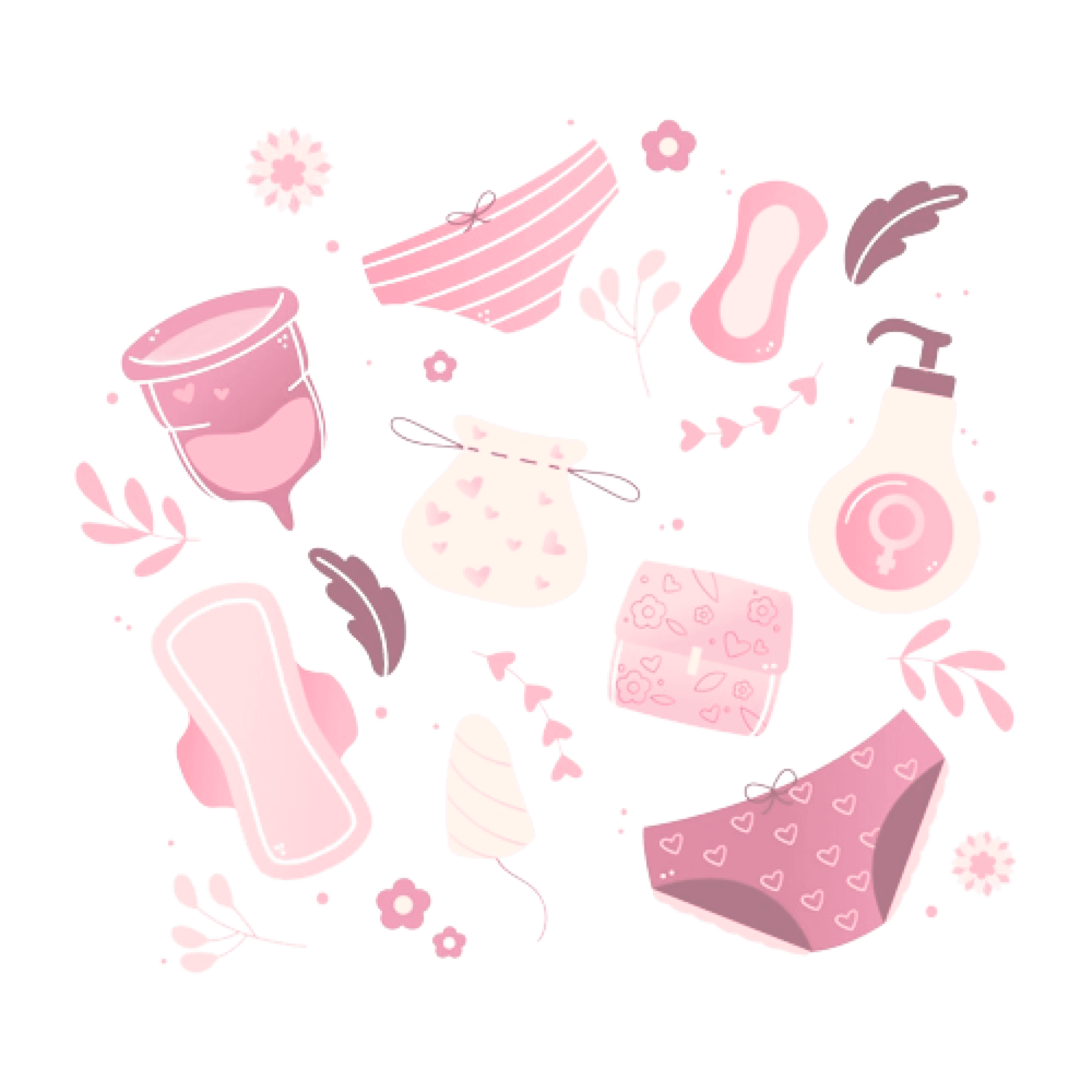
Pain Points
1.
Discomfort & Rashes:
Maya experiences irritation and rashes from traditional pads, especially during hot weather or while exercising. This limits her activities and makes her feel self-conscious.
2.
Leaks & Worries:
Fear of leaks and accidents during her period creates anxiety and disrupts her daily routine. She seeks reliable and secure protection.
3.
Limited Knowledge & Social Stigma:
Maya feels uncertain about alternative menstrual products due to a lack of information and the social stigma surrounding them. She desires open discussions and reliable resources to make informed choices.
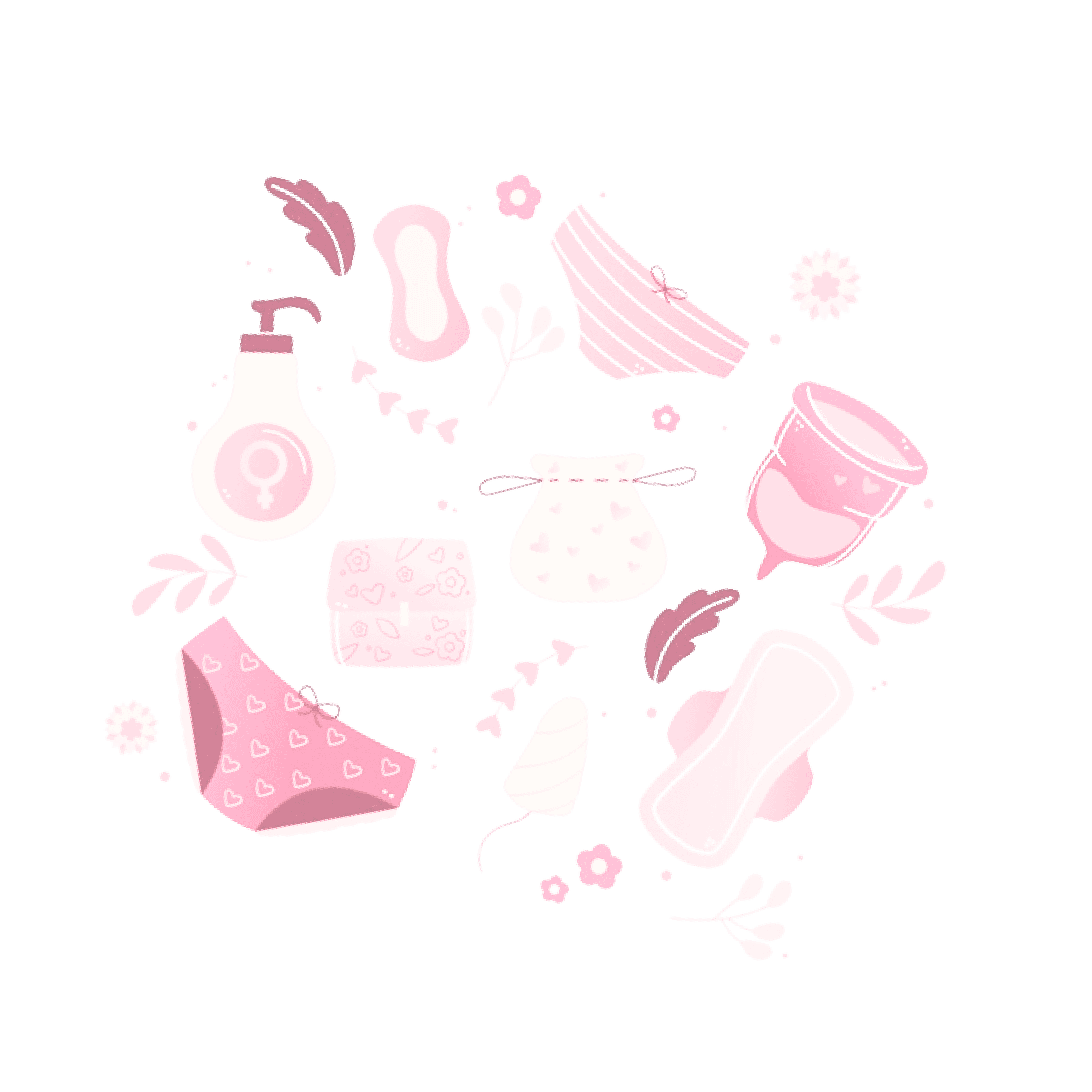
User Persona
Needs
Reliable and leak-proof menstrual protection.
Products that are cost-effective and sustainable in the long run.
Easy-to-use and time-saving solutions.
Goals
Minimize disruptions to her daily routine during menstruation.
Manage her period efficiently with minimal time commitment.
Use a product that aligns with her environmental and financial values.
Wants
Discreet and comfortable menstrual cups.
User-friendly designs and clear instructions for insertion and care.
Access to a supportive community for troubleshooting menstrual cup use.
Tagline
Smart and secure period care, made simple.
NAME:
Priya
AGE:
25
OCUPATION:
Software Engineer
LIFESTYLE:
Busy, practical, values
efficiency
LOCATION
Dehradun,India
Empathy Map
Thinks
"I'm glad I found a sustainable option for my period."
"I wish there were resources to help with cup insertion."
"I don't want to have accidents during my period."
"Is this cup the right size for me?"
Feels
Relieved to find a cost-effective solution.
Anxious about initial insertion difficulties.
Unsure about proper cup fit.
Confident with leak-free protection.
Does
Compares costs of pads vs. cups.
Practices insertion until comfortable.
Carries backup pads in case of leaks.
Researches menstrual cup options.
Says
"Cups are more cost-effective in the long run."
"Insertion was tricky at first, but I got the hang of it."
"There should be more cup sizes available."
"I'm worried about leaks if I don't insert the cup correctly."
Pain Points
1.
Leak Anxiety:
Priya worries about leaks and accidents disrupting her busy schedule during her period.
2.
Washing the cup
Rewashing and sterilizing the cup becomes very difficulty in public washroom.
3.
Information Gap & Stigma:
The lack of readily available information and the social stigma surrounding menstrual cups create uncertainty and hesitation about trying them.
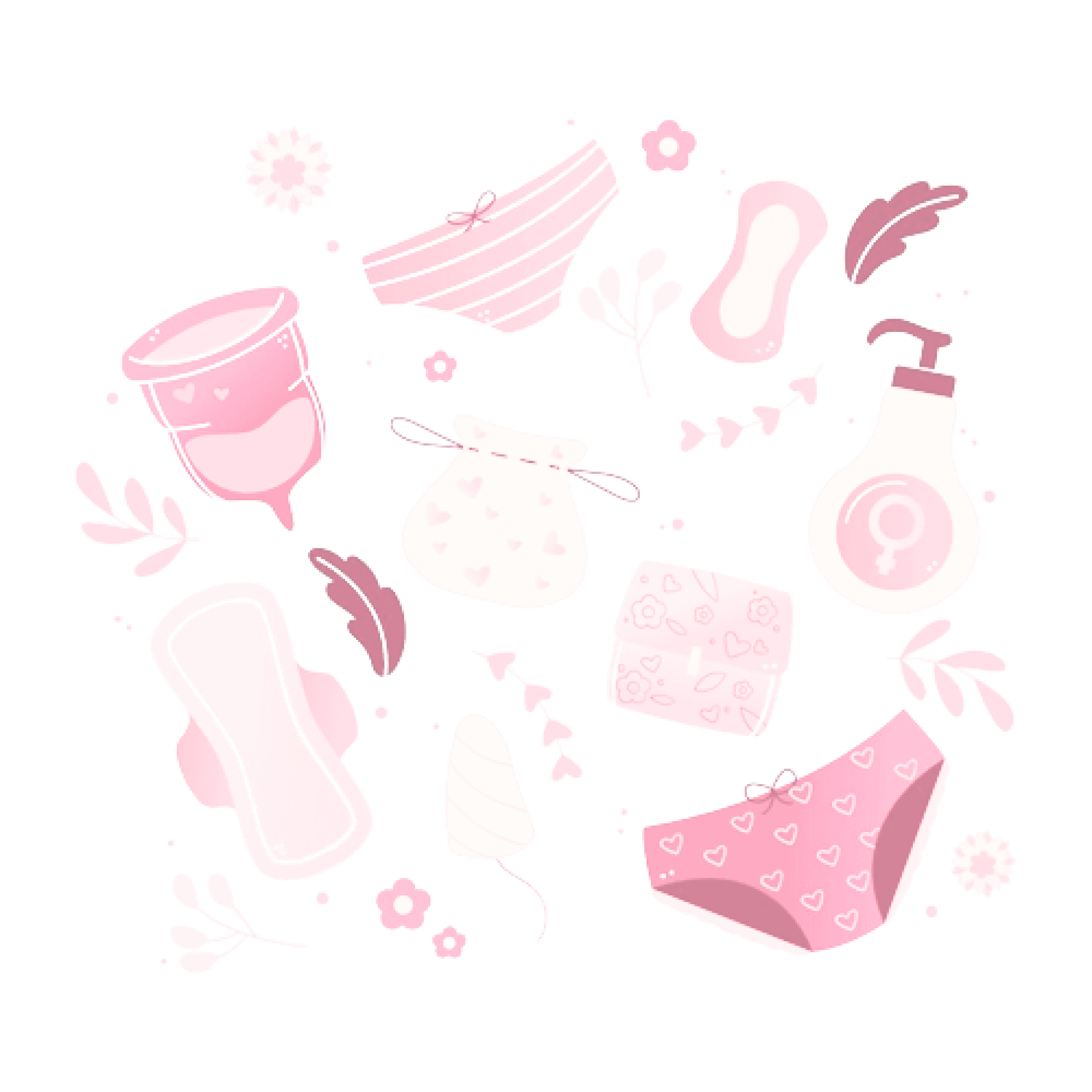





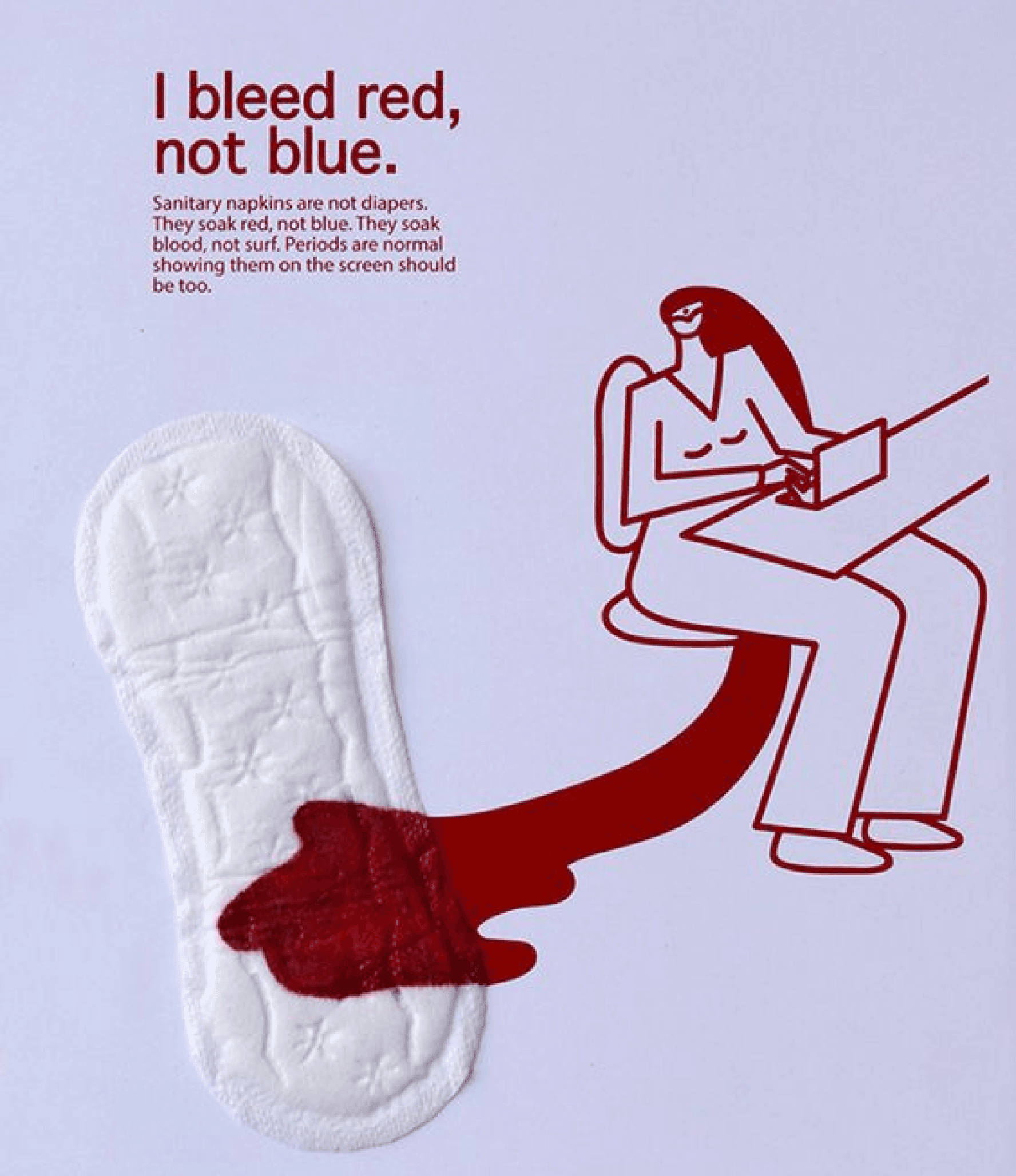
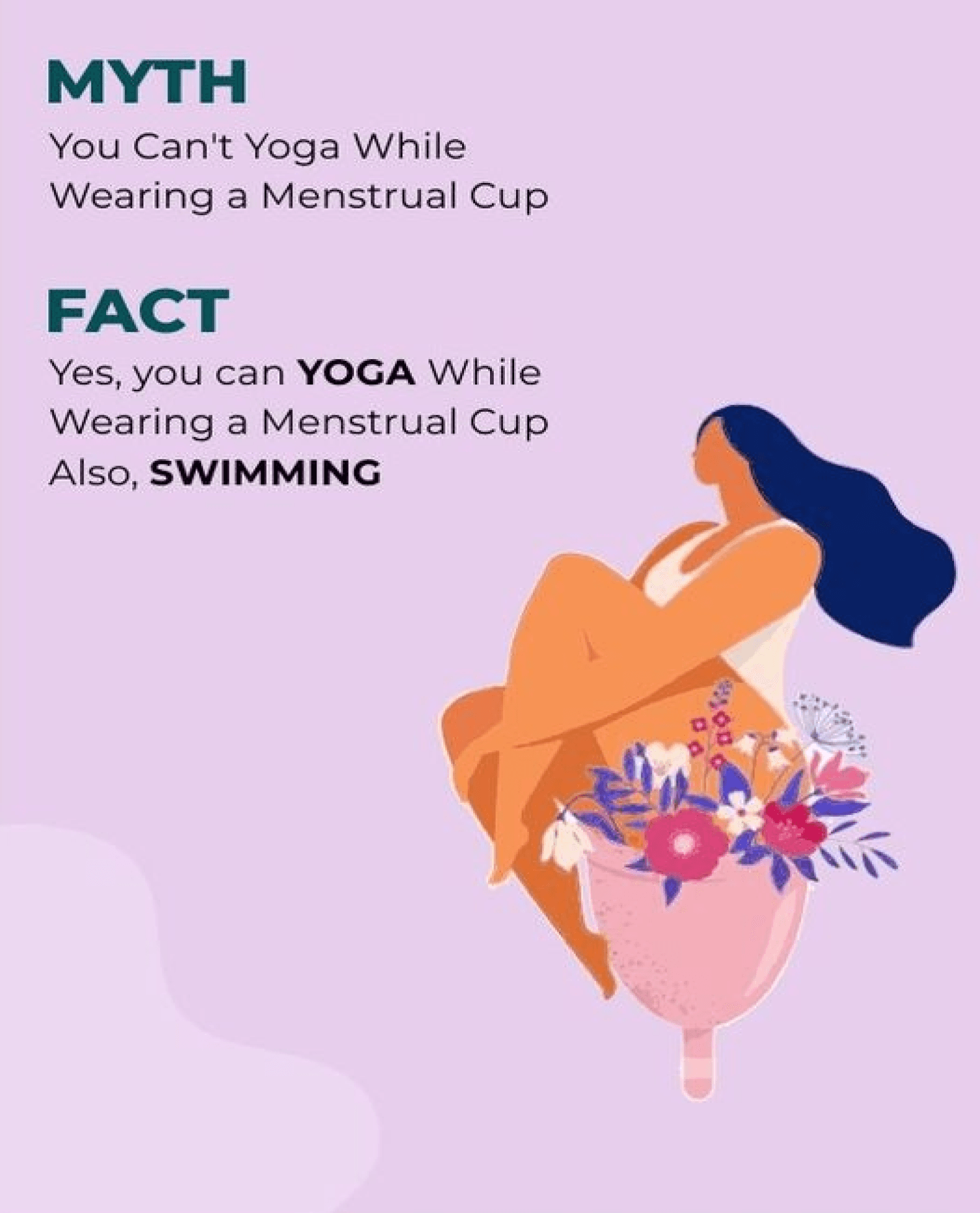
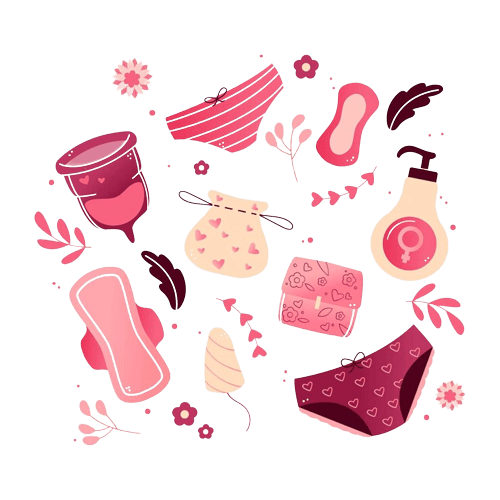

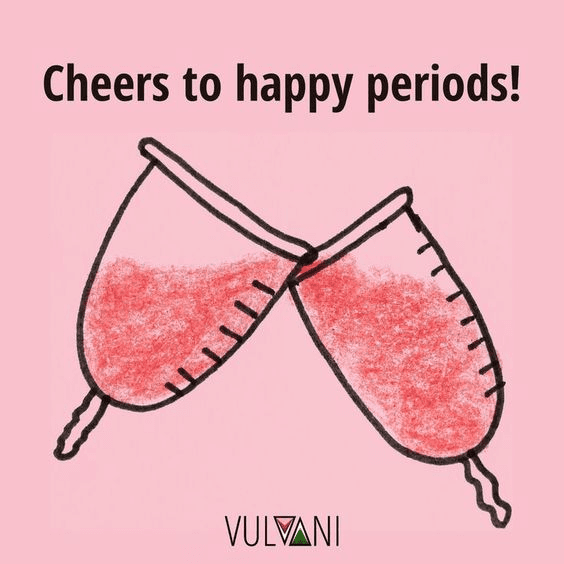
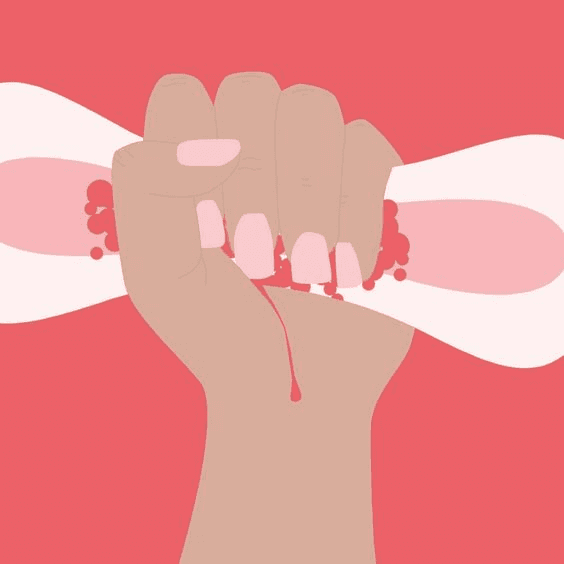
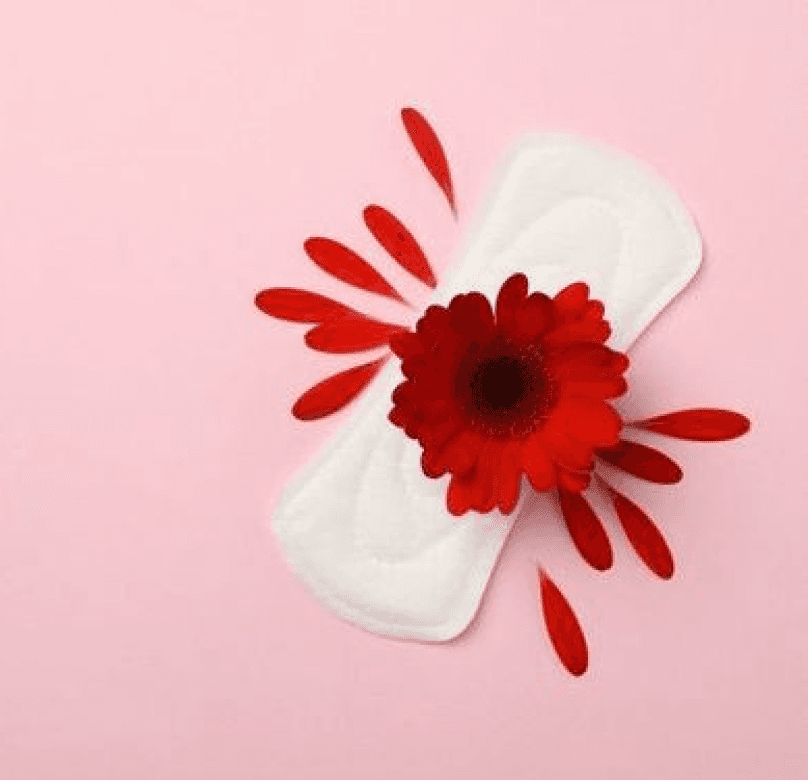
Rest in peace
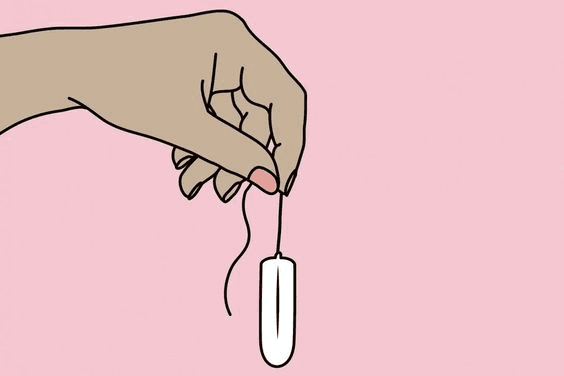
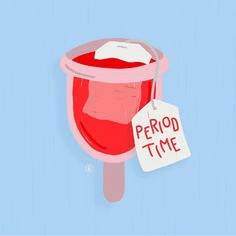
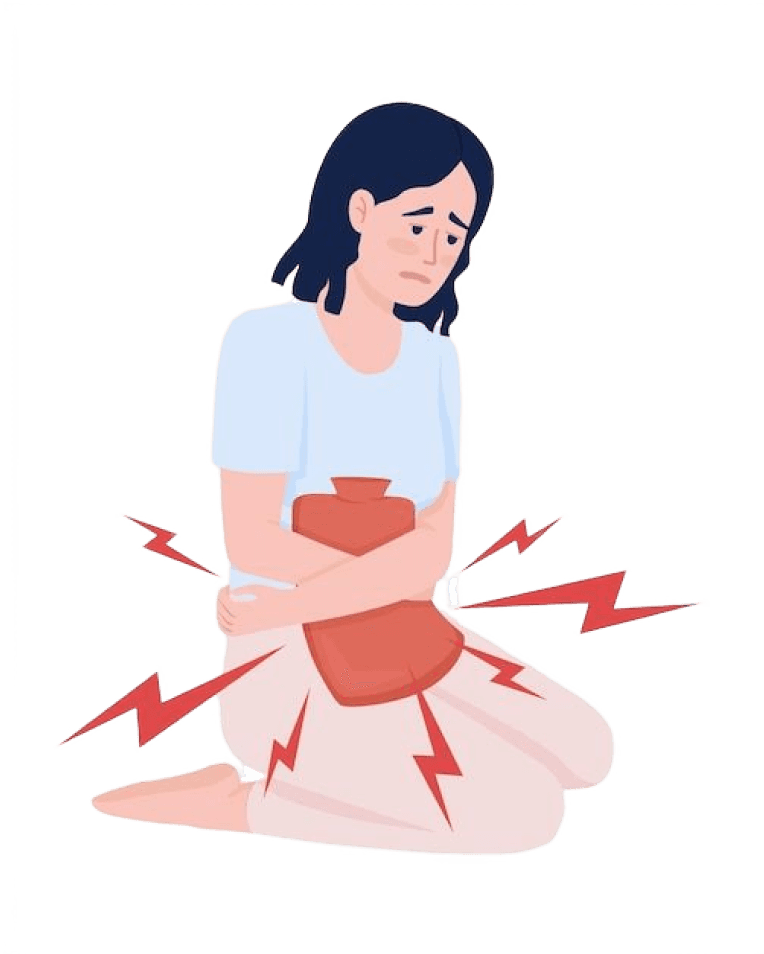
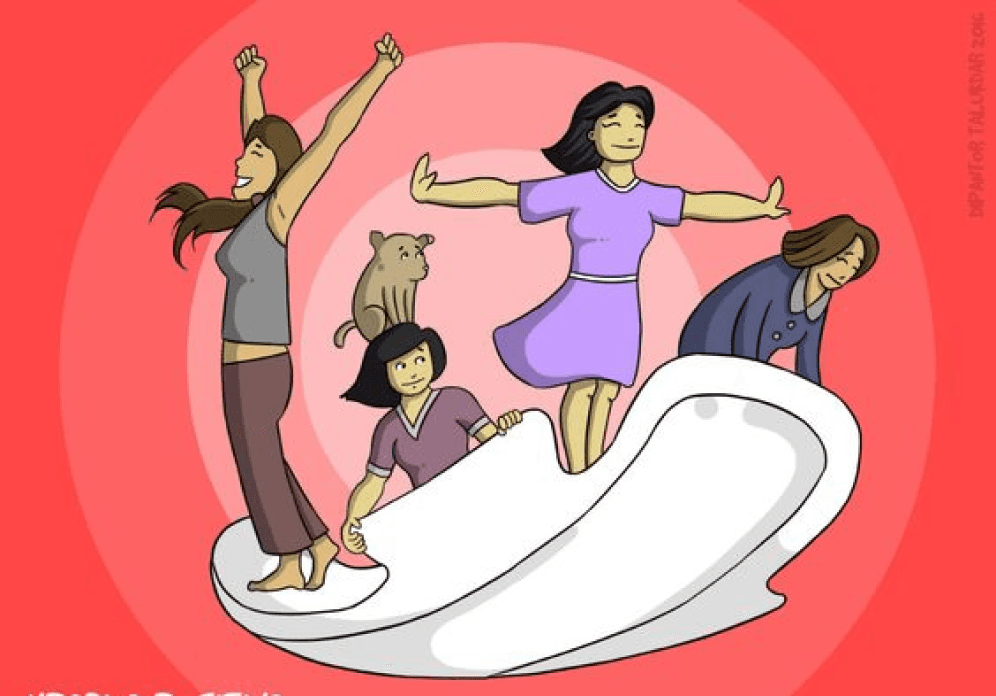
Stop present it in this way!!!
It doesn’t work like that!
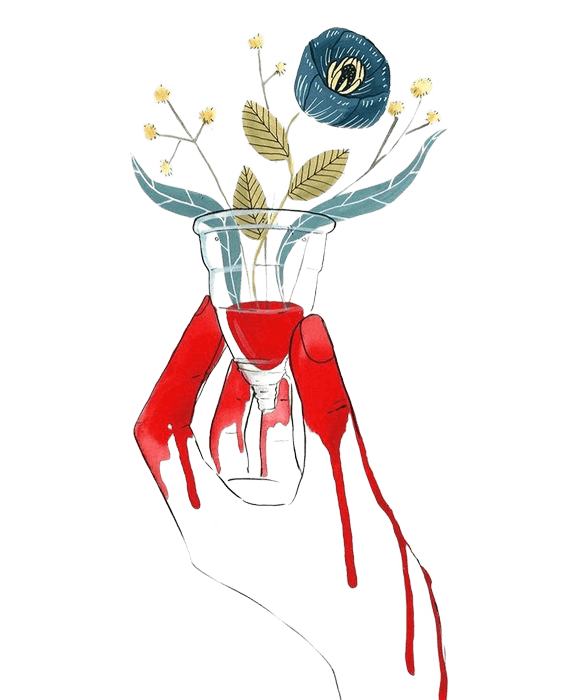

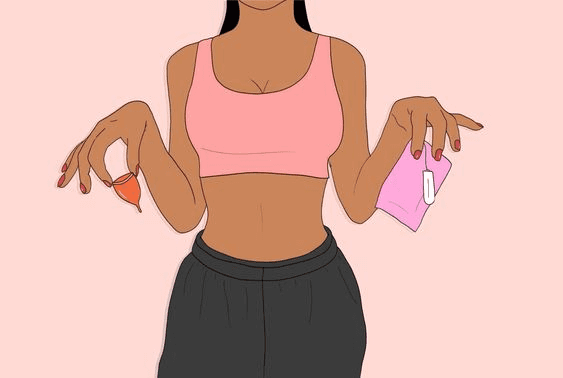
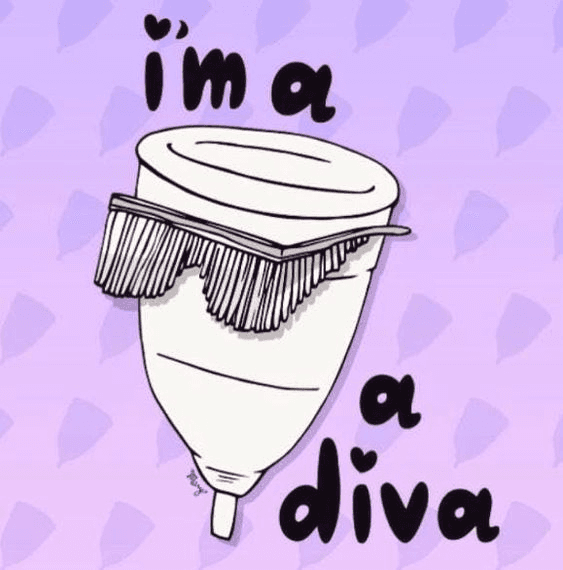
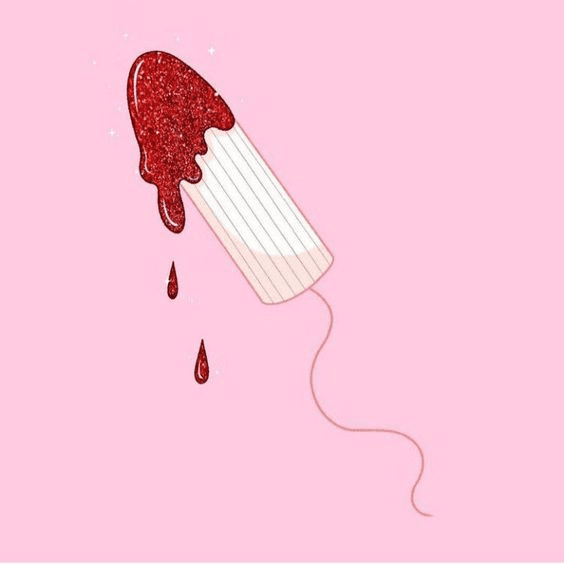
No one fly’s after using pads!!!
Cups aren't scary, leaks are!
Choose comfort, choose you.

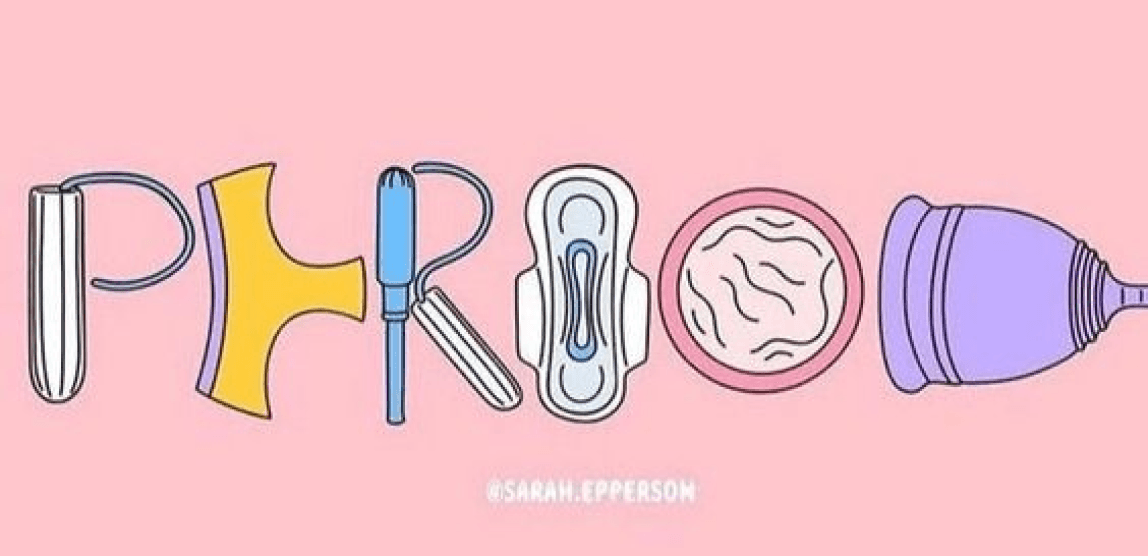
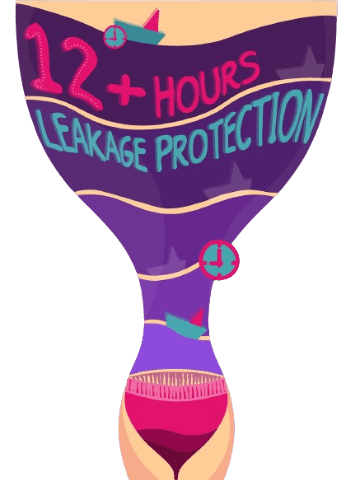
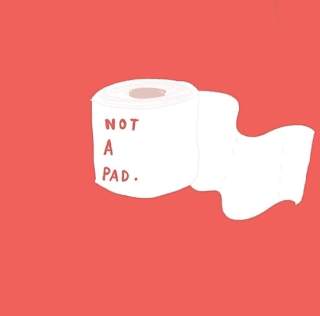
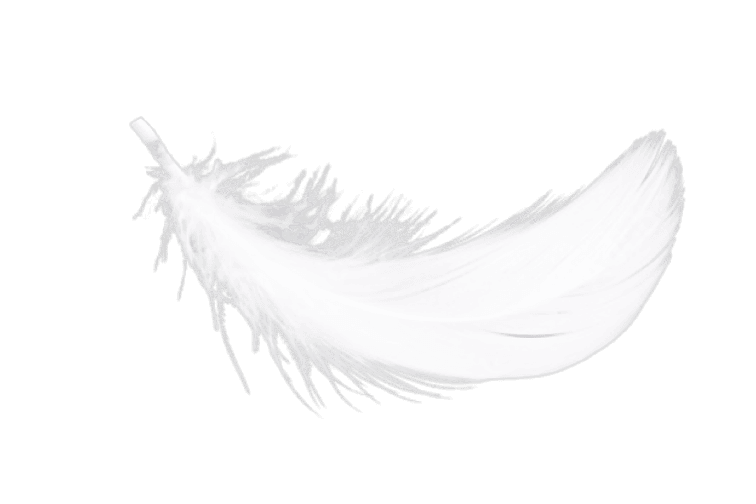

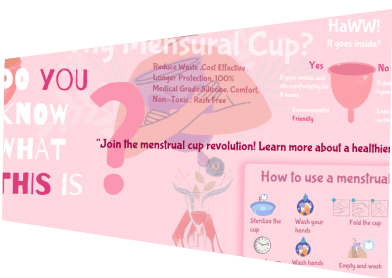
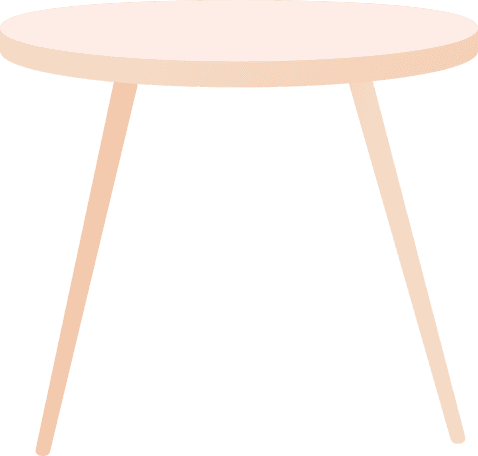
Riya stands in a public restroom stall, bored while waiting for her period to ease. Her eyes wander to a new poster on the wall.



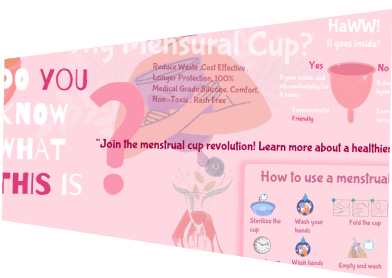

Riya reads the poster and thinks, "Wow, this could be a game-changer! No more bulky pads, and it's even cheaper in the long run!"


wow!
Back in her room, Riya carefully reads the instructions on how to use the menstrual cup. She follows the diagrams, folding the cup for insertion.
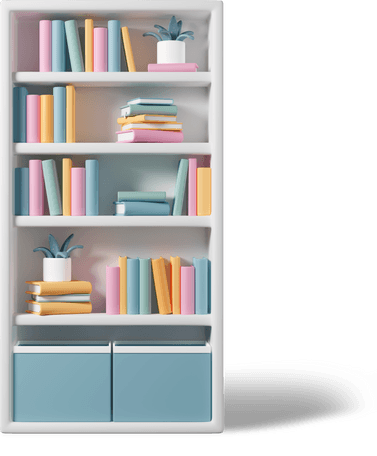
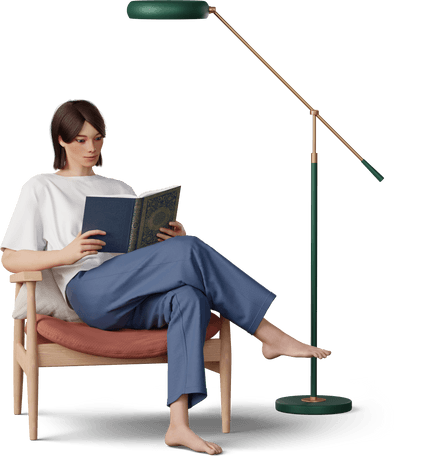
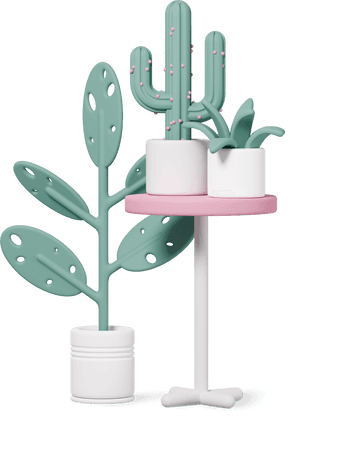
Riya successfully inserts the menstrual cup. She feels comfortable and confident, ready to take on the day. She jumps for joy, realizing this is a period-positive change for her!





Riya goes to the pharmacy and confidently walks down the feminine hygiene aisle. She picks up a menstrual cup brand that caught her eye and examines the packaging.




BY:- Muskan Dubey || Anjali Dhapola || Mahima Sethia || Sanjana Negi
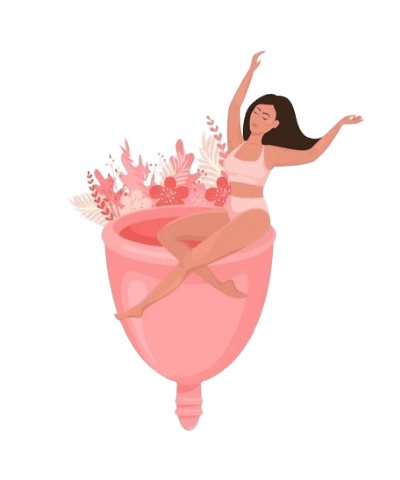
?
DO YOU
KNOW
WHAT
THIS IS
Years
10
Hours
Up to
12
Rash Free
HaWW!
It goes inside?
It goes inside, and sits comfortably for 8 hours
Environmental Friendly
It does not harm the hymen
Exercise & swimming Friendly.
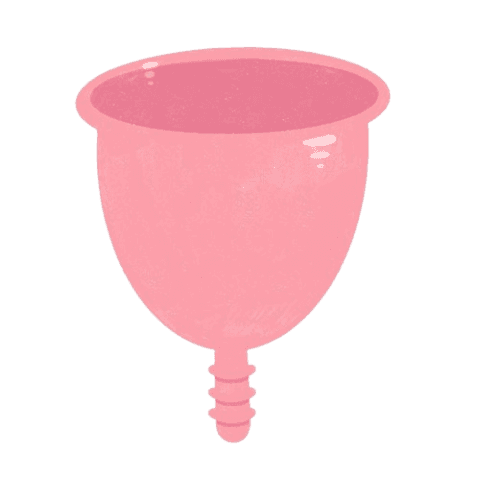
Yes
No
Why Mensural Cup?
Reduce Waste ,Cost Effective , Longer Protection, 100% Medical Grade Silicone, Comfort, Non-Toxic , Rash Free
How to use a menstrual cup?
Sterilize the cup
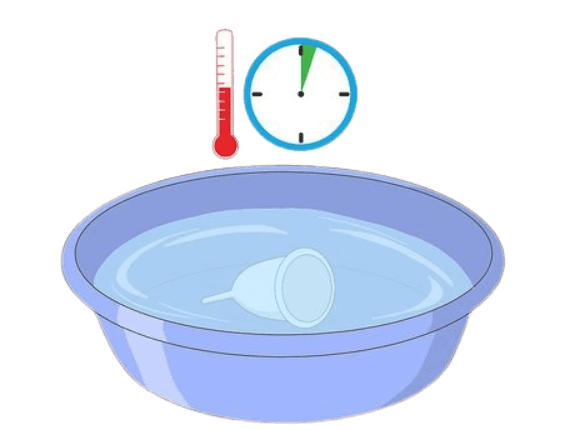
Wash your hands
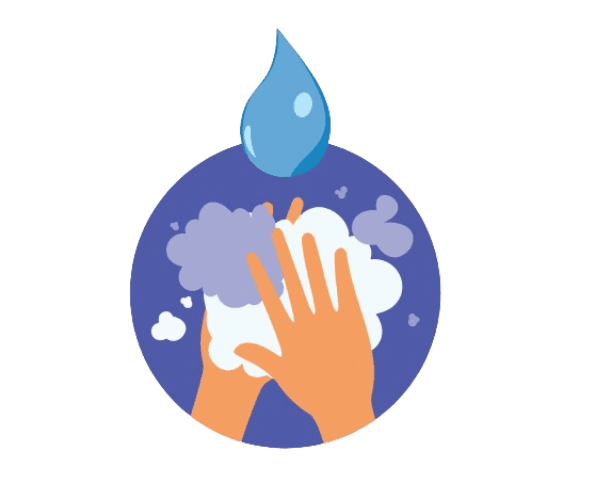

Fold the cup

Relax, insert and release
Wear for up to 8 hours

Wash hands and remove
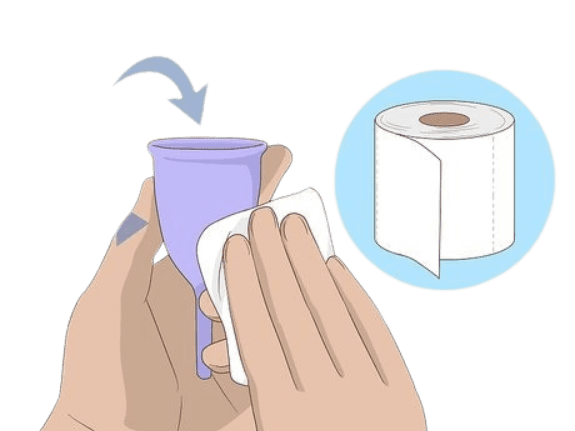
Empty and wash
Re-insert or store
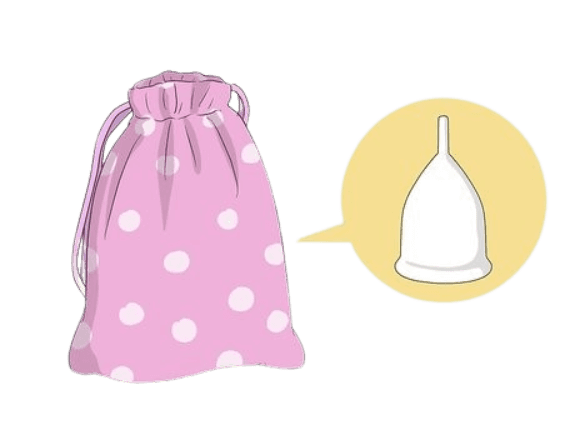
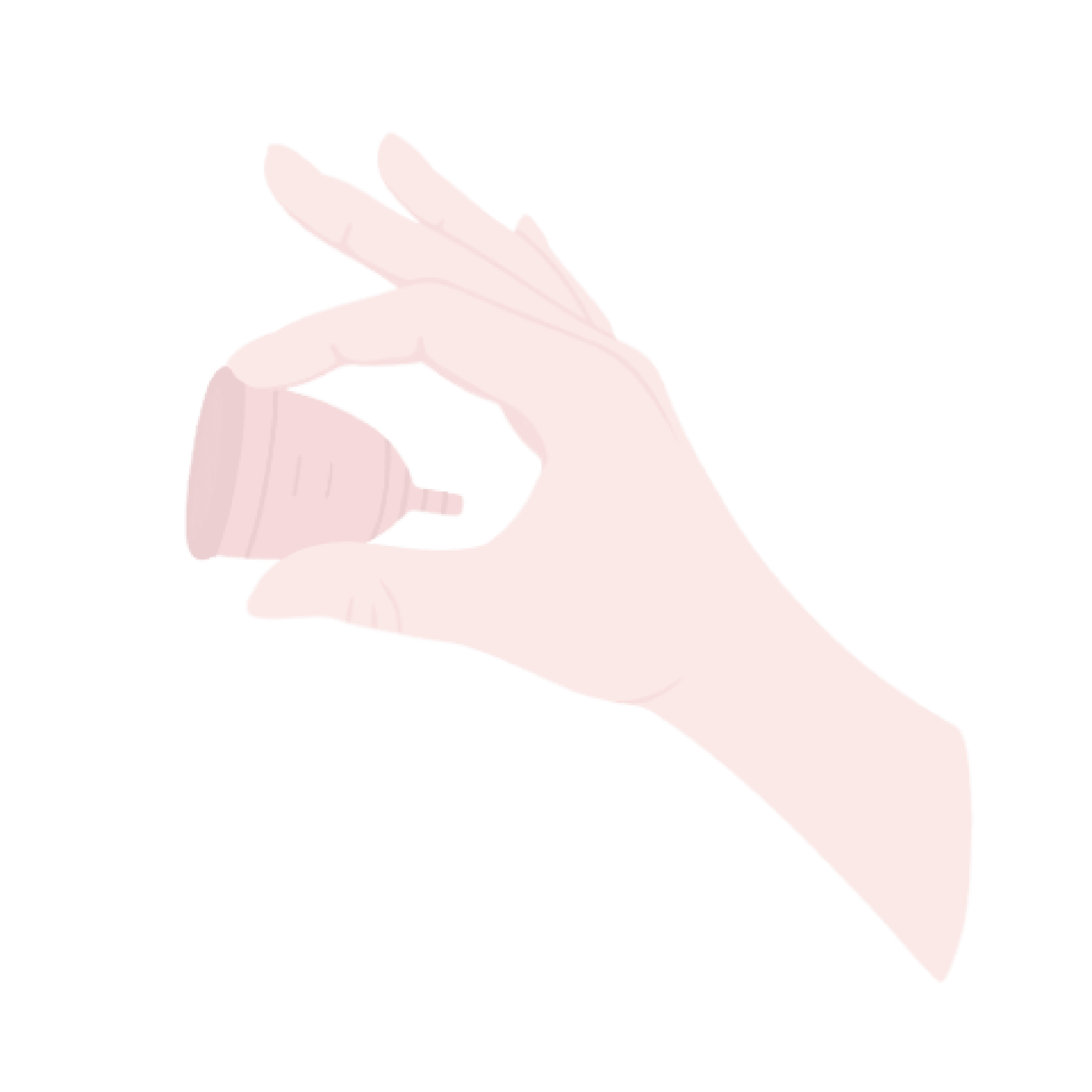
"Join the menstrual cup revolution! Learn more about a healthier period."

Ditch the disposables and say hello to period freedom! The menstrual cup, a silicone superhero, collects your flow instead of absorbing it. Imagine leak-proof swims, worry-free workouts, and long nights without a single change. Plus, it's eco-friendly and reusable, saving you money and the planet!